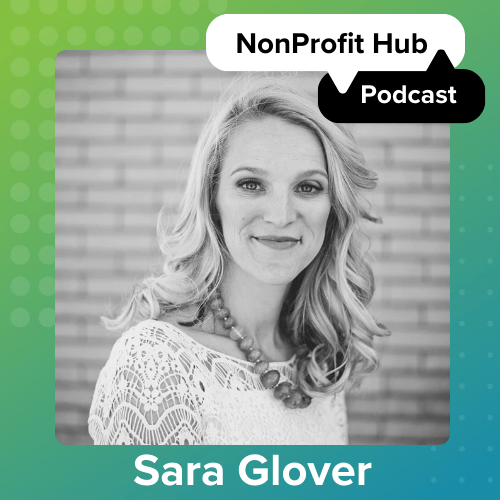When asked about any nonprofit’s biggest challenges, it isn’t very long before money comes up.
No surprises there, considering a reference to money (specifically, not making much of it) is literally built into the nonprofit label. This leads many nonprofits to form well-intentioned but wrongheaded ideas on managing their limited resources.
Whether you’re figuring out how to cut expenses or start a nonprofit cheaply, the fastest way to kill a nonprofit’s growth happens when a nonprofit adopts an attitude of cheapness, instead of an attitude of frugality.
What Makes a Nonprofit Frugal?
There’s a big difference between being a cheap nonprofit and a nonprofit that prizes frugality:
A cheap nonprofit cares most about minimizing costs.
A frugal nonprofit cares most about maximizing value.
One of my favorite illustrations of the cheap vs. frugal contrast comes from the personal finance book I Will Teach You To Be Rich:
Note that frugality and cheapness are fundamentally different attitudes, even when they cause you to behave the exact same way. It’s the attitude behind the behaviors: one of minimization and hoarding vs. efficiency and growth.
A cheap attitude tries to spend as little as possible, no matter the context. Doesn’t matter if the spending leads to increased donations, a greater reputation and a happier team.
But a frugal attitude decides what is important long-term and then spends extravagantly on those things.
Start Investing In Your Growth
Unfortunately, there are plenty of examples of nonprofits who take saving money too far and it ends up hurting their organization’s most important goal: its mission.
Growth happens when we understand that cutting costs is only good as long as it furthers our missions. And let’s face it: you can only cut so many costs (before crippling your org). But there is no limit to the amount of money you can make.
In fact, great nonprofits often know to spend money (on marketing, fundraising, staff, innovative programs) if it will make them able to have more resources in the future.
In summary:
A cheap organization…
- Cares most about minimizing “overhead expenses.”
- Doesn’t invest in fundraising or a great website because it would take money from programs.
- Makes staff pay for their own arrangements on trips, doesn’t comp minor purchases, fails to invest in employees’ career growth.
- Thinks short term.
A frugal organization…
- Cares most about outcomes and impact.
- Tries to spend less money, but spends a lot on what’s truly important.
- Invests in staff members: pays for minor expenses, funds relevant education, and gives them the resources they need to succeed.
- Thinks long term.
Great nonprofits understand there’s more to being a successful organization than cutting costs.
Spend the money you need to (no more, no less) to produce the kind of change you can be proud of.






